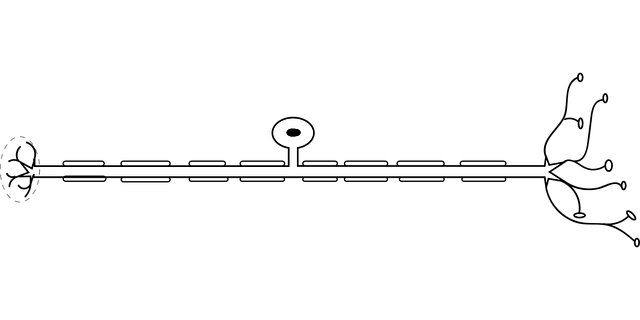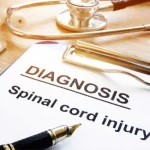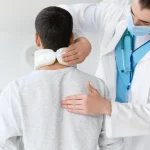
Image Credit: Pixabay
Spinal Decompression is the non-surgical process aiming to relieve the pressure on the spinal cord or any of the nerves passing by or exiting the spinal column. Spinal Decompression can be key to the treatment of serious problems such as spinal myelopathy, radiculopathy, and claudication.
It is also referred to as the non-surgical process because it is quite different from that of the surgical decompression processes like laminectomy and microdiscectomy. It should be noted that spinal decompression therapy can be of great help in treating back pain and neck pain.
The decompression theory usually works by gently stretching the spine. The gentle stretching, in turn, results in the change of position and force of the spine. This change takes away the pressure from the spinal disks.
The spinal disks are the gel-like cushions located between the bones of the spine and thus results in the negative pressure of the disc. Thus, the herniated or the bulging disk draws back and removes the pressure from nerves as well as the other parts of the spine.
This promotes the flow of water, oxygen, and fluids rich in nutrients within the disks to ensure their better and faster recovery.
What is non-surgical spinal decompression use for?
Non-surgical decompression therapy has been used for a long time, before treating neck and back pain. Mentioned below is an expanded list for which non-surgical decompression theory is used by doctors
- Back and neck pain or sciatica results in pain and weakness or tingling which moves down to the leg.
- Degenerative disc disease as well as bulging and herniated disk.
- Posterior facet syndrome or more effectively, the damaged spinal joints.
- Injured as well as diseased spinal nerve roots.
Further researches are being done to determine how safe and effective non-surgical decompression therapy is. To determine this, the researchers have to compare the non-surgical decompression therapy with other processes, a few of them which include
- NSAIDs or Non-steroidal anti-inflammatory drugs
- Exercise
- Limited rest
- Bracing
- Acupuncture
- Chiropractic theory
- Bracing
- Steroid Injections
What is the theory of spinal decompression?
The apparatuses of spinal decompression use normal principles like spinal traction. It is provided by most expert chiropractors and osteopaths. People need to train themselves for several years to get this right.
Decompression and traction help you relieve pain and promote healing. You are relieved from conditions like degeneration, bulging, and also herniated a disc.
(See also: Important Questions Related to a Spinal Fusion Surgery!)
What are the benefits of spinal decompression theory?
Spinal decompression theory is used on the spine for bringing several benefits such as
- It creates a negative intradiscal pressure which fosters drawing back and repositioning the structure of the herniated as well as bulging disc.
- Makes up a lower pressure within the discs which results in the influx of healing nutrients and others within the discs.
How is Non-surgical Spinal Decompression done?
In the case of non-surgical decompression theory, you are clothed. A harness is fitted onto the pelvis by the doctor and also around the trunk. You are made to lie face down and face up within the computer-controlled table. The doctor uses the computer and makes up the computer as per your needs.
The treatment is often done for 30 to 45 minutes. In a time period of 5 to 7 weeks, you will need 20 to 28 treatments. Prior to and after the treatment, you are given other treatments such as:
- Heat and cold therapy
- Electric stimulation
- Ultrasound
Batson ChiroHealth Group offers a very good Spinal Decompression Theory. In case you are going in for a non-surgical decompression theory, it is very necessary to perform it under proper medical professionals. There is various such health care that will ensure proper treatment of your neck and back pain.
About The Author:
Stacey Smith is a freelance health writer. She is passionate to write about women’s health, dental health, diabetes, endocrinology, and nutrition and provides in-depth features on the latest in health news for medical clinics and health magazines.


